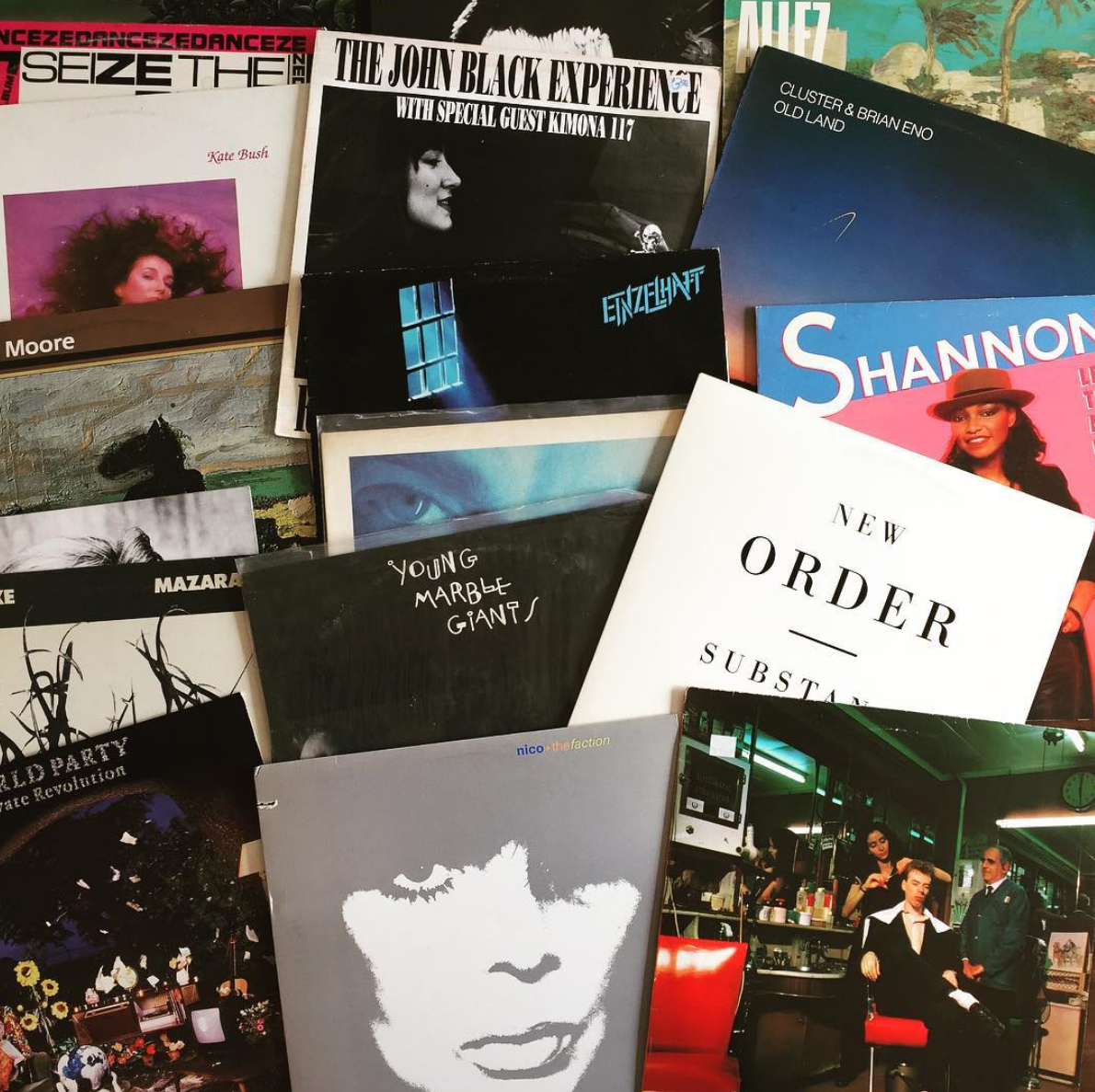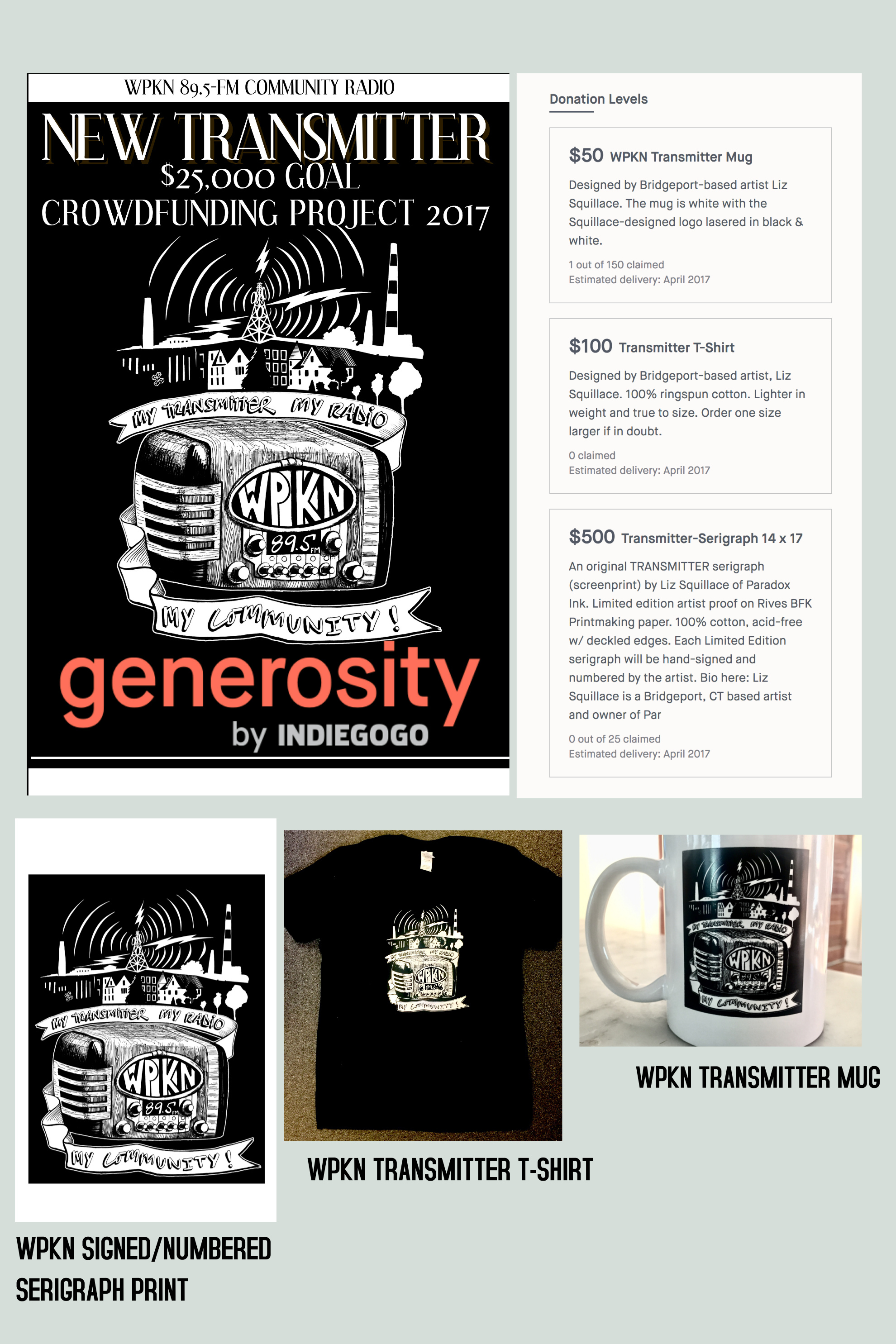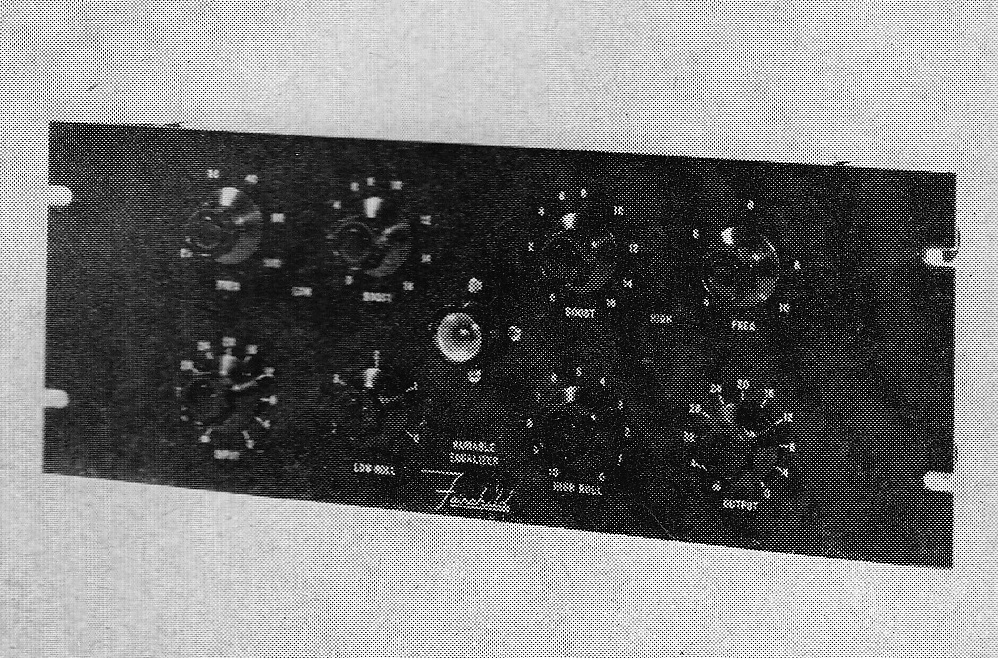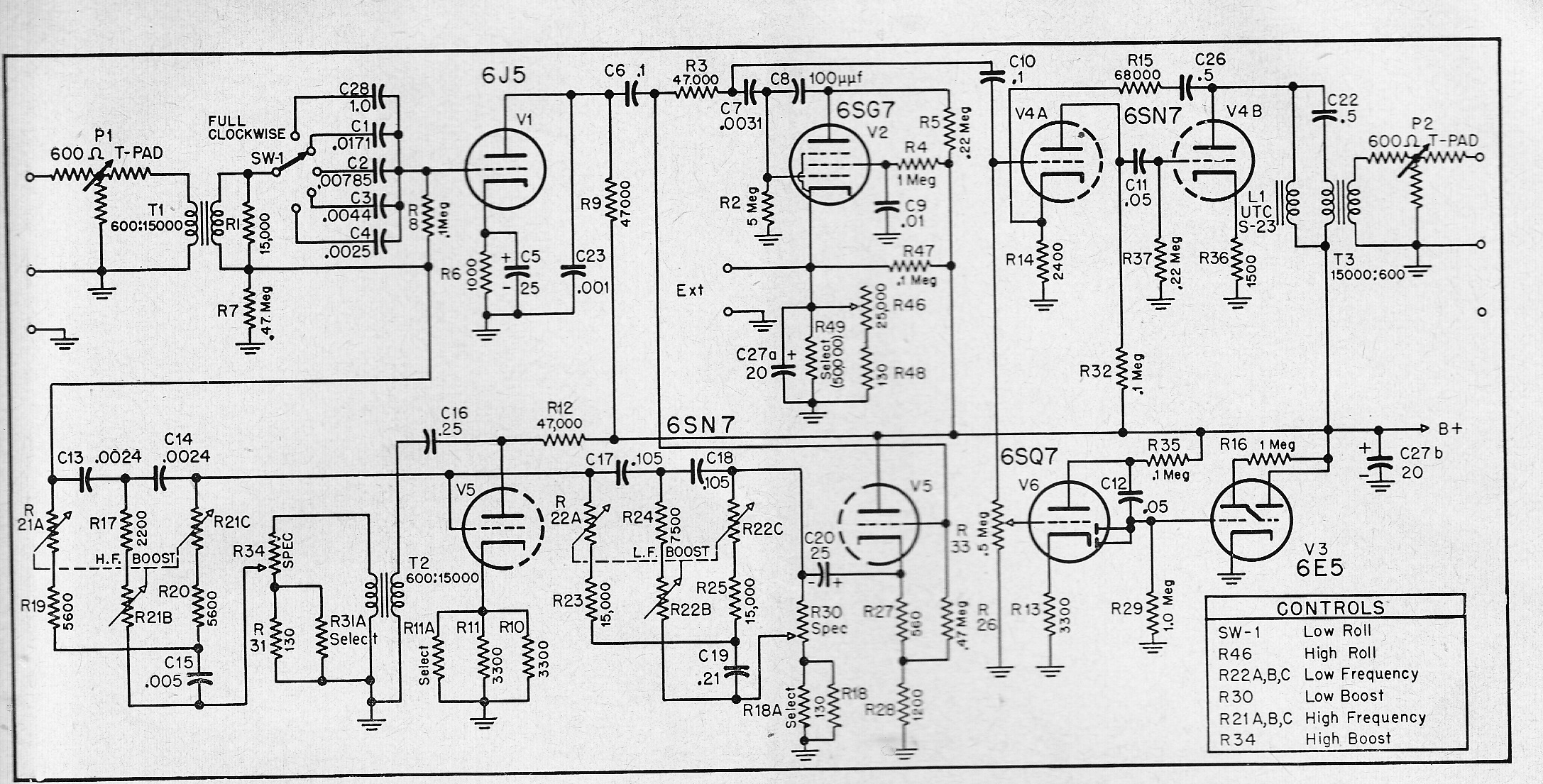 (this show was broadcast live on WPKN FM 89.5 on May 10, but you can listen to it at this archive link -click here)
(this show was broadcast live on WPKN FM 89.5 on May 10, but you can listen to it at this archive link -click here)
Class Info “Out of Line” from The Minimal Wave Tapes, Vol. Two
Gary Numan “Me! I Disconnect from You” from Living Ornaments ‘79
Falco “auf der fluct” from auf der fluct
Polyrock “Romantic Me” from Polyrock
Nico and the Faction “My Heart is Empty” from Camera Obscura
Kate Bush “cloud busting” from cloud busting
Fleetwood Mac “Seven Wonders (Remastered)” from Tango In the Night (Remastered)
Au Pairs “Don’t Lie Back” from Sense and Sensuality
Sheila E. “The Glamorous Life” from The Glamorous Life
Orange Juice “Mud in Your Eye” from Coals to Newcastle
Allez Allez “Wrap Your Legs (Around Your Head)” from Allez Allez: Best of
The Style Council “All Gone Away” from Our Favourite Shop
Billy Ocean “African Queen” from African Queen – Single
The Human League “seconds” from Dare
Cameo “Word Up (Original 12″ Club Mix)” from Funk Essentials – The 12″ Collection and More: Cameo
Mechanical Servants “Problem What Problem” from Problem What Problem/Protecting – Single
Momus “The Hairstyle of the Devil” from single
New Order “Blue Monday (12″ Version)” from single
Martin Dupont “just because” from Lost and Late…
The Psychedelic Furs “Yes I Do (Merry-Go-Round)” from Forever Now
David Bowie “Cat People (Putting Out Fire)” from Let’s Dance – Single
Jane Birkin “Baby Alone In Babylone” from Birkin / Gainsbourg : Le symphonique
World Party “Ship of Fools” from Private Revolution
Crowded House “Don’t dream it’s over” from Crowded House
Corey Hart “Never Surrender” from Corey Hart: The Singles
Yaz “iN MY ROOM” from Upstairs at Eric’s
Warp 9 “Light Years Away (Original)” from single
Depeche Mode “Stripped” from Black Celebration
Simple Minds “Book of Brilliant Things” from Sparkle in the Rain
The Sugarcubes “birthday” from Life’s Too Good
Public Image Ltd. “Rise” from Album
Squeeze “Take Me I’m Yours” from Squeeze
Mazarati “stroke” from single
Neil Young “Mr. Soul” from Trans
Material “Busting Out (feat. Nona Hendryx, Fred Maher, Bill Laswell, Michael Beinhorn)” from One Down
Orchestral Manoeuvres In the Dark “Telegraph (2008 Remaster)” from Dazzle Ships
Tina Turner “better be good to me” from single
Missing Persons “Rock and Roll Suspension” from Spring Session M
Sharon “let the music play” from let the music play
Shannon “Let the Music Play” from Let the Music Play
Tears for Fears “Shout” from Songs From the Big Chair (Deluxe)

















